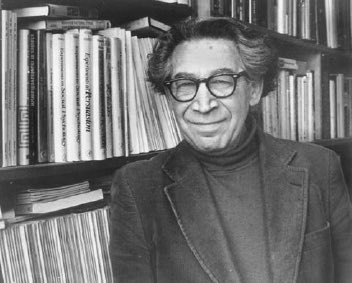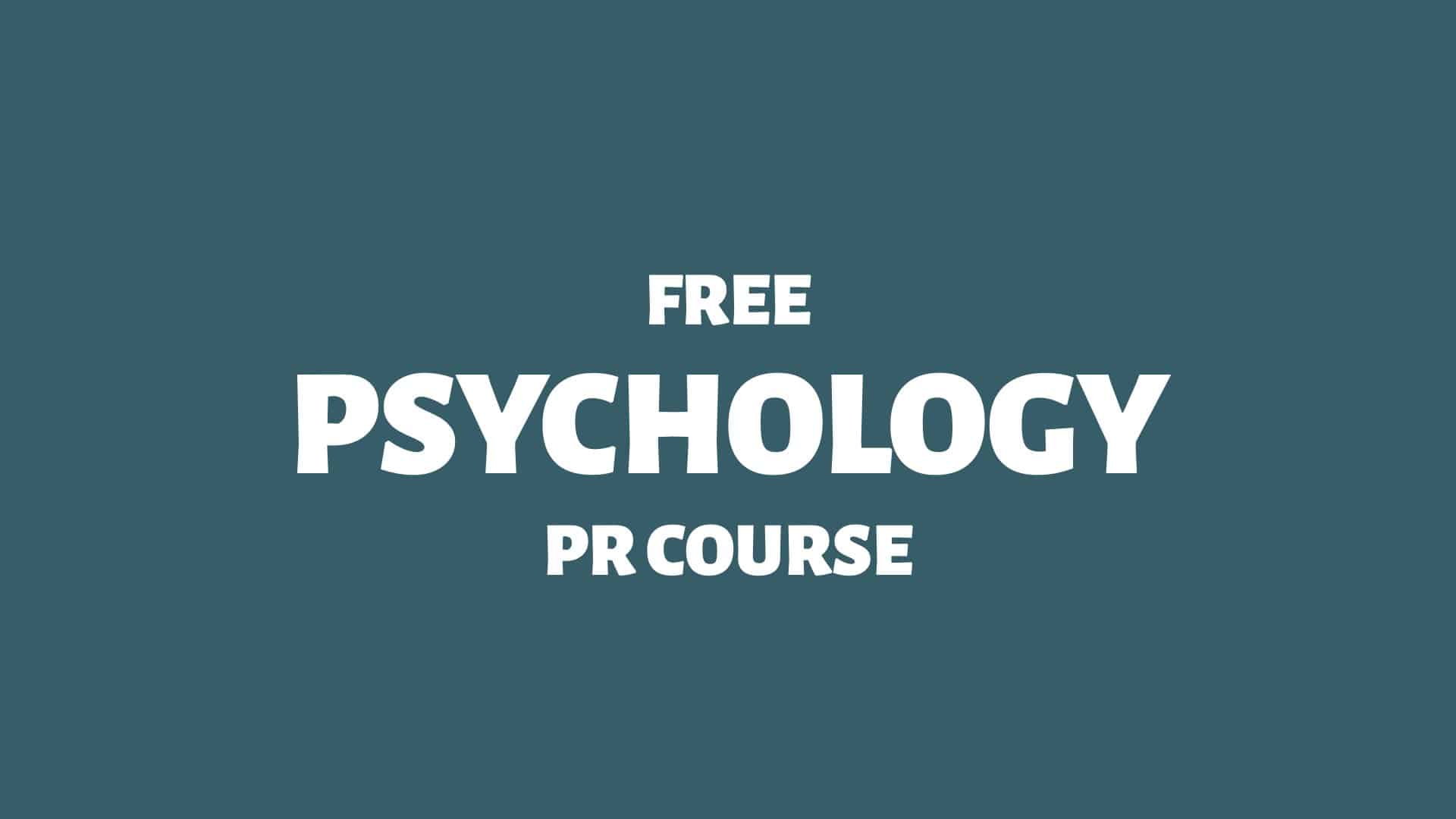Cognitive dissonance shapes our beliefs and decisions.
No one likes to feel uncomfortable. This is also true for communication; most people would rather do anything to avoid processing conflicting information, whether the uncomfortable information is accurate or not.
Today, we’re learning more about cognitive dissonance.
Here we go:
Cognitive Dissonance
Cognitive dissonance occurs when individuals experience discomfort from conflicting beliefs or attitudes and attempt to reduce that discomfort by justifying or rationalising their decisions, behaviours, or beliefs. Rather than accepting that a choice or belief might be wrong, individuals may alter their perceptions or dismiss contradictory evidence to maintain consistency with their views.
Cognitive dissonance (example): “I know our marketing campaign hasn’t yielded the results we expected, but it’s still a great campaign — there must be something wrong with the data, not the strategy.”
In a business context, cognitive dissonance can lead to poor decision-making and an inability to adapt, as leaders or teams may reject valuable feedback or evidence that challenges their beliefs. This bias can prevent organisations from addressing flaws, improving strategies, or learning from mistakes, ultimately hindering progress and growth.
To mitigate cognitive dissonance, business leaders should foster an environment of openness, where challenging assumptions and embracing constructive criticism are seen as part of the learning process. Encouraging self-reflection, seeking diverse perspectives, and prioritising evidence-based decision-making help reduce the tendency to justify poor choices.
By recognizing and confronting cognitive dissonance, organisations can make more informed, rational decisions that drive continuous improvement and success.
The mind will bend reality to preserve peace, but clarity often lies in the unresolved tension.
Learn more: Cognitive Dissonance
Cognitive Dissonance Theory
The theory of cognitive dissonance, formulated by American social psychologist Leon Festinger in the late 1950s, is a cornerstone concept in psychology, particularly in understanding human motivation and behaviour.
“Cognitive dissonance is a distressing mental state in which people feel they are acting or holding opinions that do not fit with their knowledge or beliefs.”
Source: Handbook of Theories of Social Psychology 1Cooper, J. (2012). Cognitive dissonance theory. Handbook of Theories of Social Psychology: Volume 1, 377 – 397. https://doi.org/10.4135/9781446249215.N19
The cognitive dissonance theory posits that individuals naturally seek consistency among their cognitions (i.e., beliefs, opinions, and knowledge). An inconsistency between attitudes or behaviours (dissonance) creates a state of psychological discomfort, leading the individual to attempt to reduce the dissonance and achieve consonance (consistency).
“Emotions play a crucial role in maintaining and changing beliefs and attitudes, with cognitive dissonance theory suggesting that negative emotions can motivate cognitive work to reduce cognitive inconsistencies.”
Source: Cambridge University Press 2Harmon-Jones, E. (2000). A cognitive dissonance theory perspective on the role of emotion in the maintenance and change of beliefs and attitudes. Cambridge University Press, 185 – 211. … Continue reading
Cognitive dissonance can occur in various situations, such as when a person’s behaviour conflicts with their self-image, new information contradicts deeply held beliefs, or when a decision conflicts with choices.
Examples of irrational behaviours when experiencing discomfort caused by dissonance:
A Famous Theory
The theory of cognitive dissonance has been widely influential in psychology and fields like marketing, public relations, and decision-making studies. It has helped explain various behaviours, from small-scale personal decisions to large-scale social and political attitudes.
“Dissonance theory has regained popularity in social psychology, blending cognition and motivation in a way that hasn’t been seen since the mid-1970s.”
Source: Psychological Inquiry 3Aronson, E. (1992). The Return of the Repressed: Dissonance Theory Makes a Comeback. Psychological Inquiry, 3, 303 – 311. https://doi.org/10.1207/S15327965PLI0304_1
Learn more: Cognitive Dissonance
Reverse Relationship: Actions and Attitudes
Traditionally, it’s been assumed that our actions directly result from our beliefs and attitudes.
However, the theory of cognitive dissonance challenges this notion, suggesting a reverse relationship where actions can significantly influence beliefs and attitudes. This concept implies that when individuals engage in behaviours inconsistent with their beliefs, they often experience psychological discomfort. They may alter their beliefs to align more closely with their actions to alleviate this discomfort.
“Cognitive dissonance theory suggests that actions can influence beliefs and attitudes, challenging the belief that actions are the result of beliefs and attitudes.”
Source: The Western Journal of Medicine 4Harris, N. (1986). Cognitive dissonance. The Western Journal of Medicine, 145 1, 105. https://doi.org/10.4337/9781843768708.00021
This understanding is critical, especially in fields like public relations, where influencing public behaviour and attitudes is a primary goal.
For instance, when people are encouraged to take small actions in favour of a cause or brand, like participating in a campaign or using a sample product, these actions can subconsciously alter their attitudes to be more favourable towards that cause or brand.
“Cognitive dissonance is experienced as psychological discomfort, which is alleviated by implementing attitude change strategies, supporting Festinger’s concept of dissonance as a motivational state.”
Source: Journal of Personality and Social Psychology 5Elliot, A., & Devine, P. (1994). On the motivational nature of cognitive dissonance: Dissonance as psychological discomfort. Journal of Personality and Social Psychology, 67, 382 – 394. … Continue reading
Cognitive Dissonance and Negative Emotions
Cognitive dissonance affects how individuals perceive and react to information and influences their information-seeking behaviour, especially when negative emotions are present.
“Cognitive dissonance leads individuals to seek congruent information and avoid counterattitudinal information, but only when experiencing negative emotions.”
Source: Media Psychology 6Tsang, S. (2019). Cognitive Discrepancy, Dissonance, and Selective Exposure. Media Psychology, 22, 394 – 417. https://doi.org/10.1080/15213269.2017.1282873
Cognitive dissonance becomes particularly pronounced when negative emotions are involved. For example, in a public relations crisis, stakeholders feeling anxious or upset about a situation are more likely to seek information confirming their perceptions and ignore any contradictory evidence.
This selective information processing, rooted in the desire to alleviate emotional discomfort, can pose a significant challenge for PR professionals.
It underscores the need for carefully crafted messages that acknowledge and address these emotional states, ensuring that the communication strategy effectively penetrates these cognitive barriers.
Leon Festinger (1919 – 1989)
Who was Leon Festinger?
Leon Festinger was a prominent American social psychologist and researcher, most famous for developing the theory of cognitive dissonance in the late 1950s. Born on May 8, 1919, and passing away on February 11, 1989, Festinger made significant contributions to the field of social psychology, leaving a lasting impact through his innovative theories and research.

Festinger’s most notable contribution to psychology, the theory of cognitive dissonance, revolutionised the understanding of human behaviour and motivation. This theory proposes that people experience psychological discomfort, known as cognitive dissonance, when they hold contradictory beliefs, attitudes, or behaviours. To alleviate this discomfort, individuals are motivated to change their beliefs, attitudes, or behaviours to achieve consistency.
“Cognitive Dissonance is a real phenomenon that leads to irrational actions like confirmation bias and causal self justifications, as individuals seek to reduce the inconsistency between their beliefs and actions.”
Source: Perspectives on Psychological Science 7Boek, D. (2011). Cognitive Dissonance. Perspectives on Psychological Science, 6, 101 — 98. https://doi.org/10.1177/1745691610393526
Beyond cognitive dissonance, Festinger contributed significantly to social comparison theory and the study of social influence and group dynamics. His social comparison theory suggests that people evaluate their abilities and opinions by comparing themselves to others, especially when objective benchmarks are unavailable.
Festinger’s work extended to various other areas, including research on the effects of group pressure on individual judgment, the determinants of behaviour in social situations, and the psychological underpinnings of propaganda. His research methods and theoretical frameworks continue to influence contemporary psychology, making him one of the key figures in the history of social psychology.
Learn more: Leon Festinger — The Psychologist Behind Cognitive Dissonance

THANKS FOR READING.
Need PR help? Hire me here.

What should you study next?
Spin Academy | Online PR Courses

Spin’s PR School: Free Psychology PR Course
Join this free Psychology PR Course to learn essential skills tailored for public relations professionals. Start now and amplify your impact on society today.
Psychology in Public Relations
Group Psychology
Learn more: All Free PR Courses
💡 Subscribe and get a free ebook on how to get better PR.

Annotations
| 1 | Cooper, J. (2012). Cognitive dissonance theory. Handbook of Theories of Social Psychology: Volume 1, 377 – 397. https://doi.org/10.4135/9781446249215.N19 |
|---|---|
| 2 | Harmon-Jones, E. (2000). A cognitive dissonance theory perspective on the role of emotion in the maintenance and change of beliefs and attitudes. Cambridge University Press, 185 – 211. https://doi.org/10.1017/CBO9780511659904.008 |
| 3 | Aronson, E. (1992). The Return of the Repressed: Dissonance Theory Makes a Comeback. Psychological Inquiry, 3, 303 – 311. https://doi.org/10.1207/S15327965PLI0304_1 |
| 4 | Harris, N. (1986). Cognitive dissonance. The Western Journal of Medicine, 145 1, 105. https://doi.org/10.4337/9781843768708.00021 |
| 5 | Elliot, A., & Devine, P. (1994). On the motivational nature of cognitive dissonance: Dissonance as psychological discomfort. Journal of Personality and Social Psychology, 67, 382 – 394. https://doi.org/10.1037/0022 – 3514.67.3.382 |
| 6 | Tsang, S. (2019). Cognitive Discrepancy, Dissonance, and Selective Exposure. Media Psychology, 22, 394 – 417. https://doi.org/10.1080/15213269.2017.1282873 |
| 7 | Boek, D. (2011). Cognitive Dissonance. Perspectives on Psychological Science, 6, 101 — 98. https://doi.org/10.1177/1745691610393526 |


